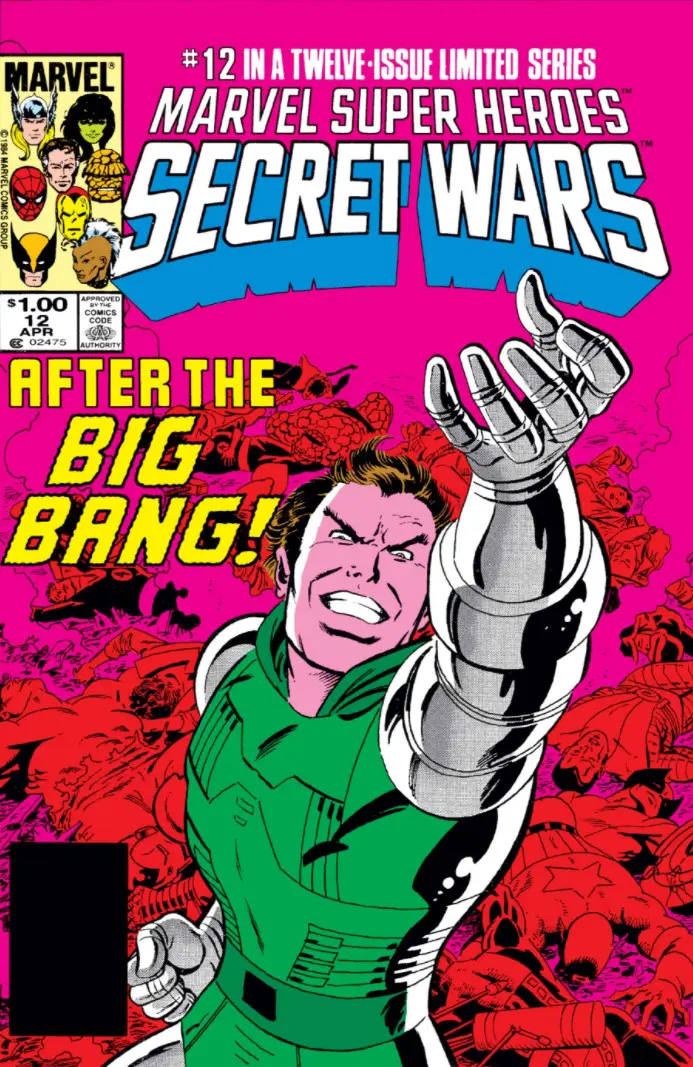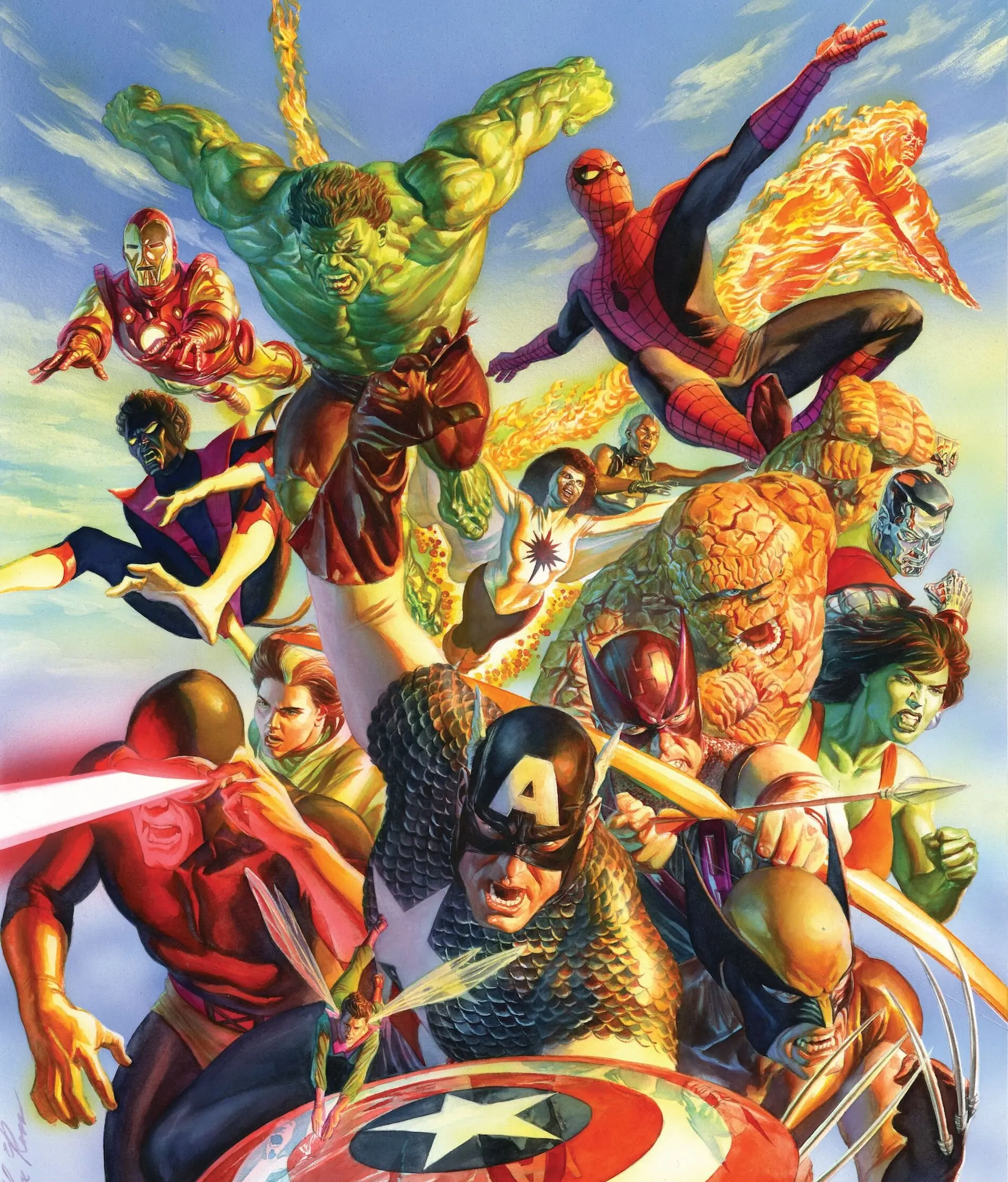Marvel Bronze Age Comics: Reading Order, Antiheroes & the Rise of Grit
The Bronze Age of Marvel Comics, spanning roughly from 1970 to 1985, marked a dramatic evolution in superhero storytelling. Unlike the idealism of the Marvel Silver Age, the Bronze Age brought a deeper, more introspective lens to its characters—reflecting real-world issues such as addiction, prejudice, and political disillusionment. In this guide, we’ll walk you through the essential Marvel Bronze Age reading order, highlight major character developments, iconic cover art, and show how this era bridged the gap between classic and modern Marvel.
What Defines the Bronze Age?
The Bronze Age is often viewed as the middle child of comic history: not as nostalgic as the Marvel Golden Age, nor as flashy as the Marvel Modern Age, but vital in its evolution. Comics began to challenge the limits of the Comics Code Authority. Stories tackled drug abuse, PTSD, racism, and corruption head-on.
The death of Gwen Stacy in Amazing Spider-Man #121–122 is widely considered the end of the Silver Age and the start of something bolder and more grounded.

Photo: Marvel Fandom
Key Characters and Debuts
- Wolverine – First appeared in Incredible Hulk #180–181, later joined the X-Men.
- Punisher – Debuted in Amazing Spider-Man #129, a vigilante driven by trauma.
- Moon Knight – Introduced in Werewolf by Night #32 (1975), an anti-hero with multiple personalities.
- Ghost Rider – A demonic biker vigilante, embodying Bronze Age edginess.
Marvel Bronze Age Reading Order (Chronological)
- Amazing Spider-Man #121–122 – The Night Gwen Stacy Died
- Iron Man #120–128 – "Demon in a Bottle" storyline about alcoholism
- Giant-Size X-Men #1 (1975) → Uncanny X-Men #94–143
- Avengers #181–200 – Government control and internal team conflict
- Uncanny X-Men #135–137 – The Death of Phoenix
- Daredevil #158–191 – Frank Miller's run introduces gritty crime-noir storytelling
- Secret Wars #1–12 – Ends the Bronze Age and launches the Marvel Modern Age
Themes and Storytelling Evolution
The Bronze Age ushered in mature themes: anti-heroes, psychological depth, and moral ambiguity. Characters struggled with trauma, lost loved ones, questioned justice. These weren’t mere cape-and-spandex tales; they were dramatic reflections of their time.
Bronze Age Collectibles & Cards
For collectors, this era is rich in first appearances and iconic art. Many vintage Marvel Bronze Age cards highlight this period’s raw, expressive artwork. Key issues like Hulk #181 and X-Men #137 are prized collector’s items.

Photo: Marvel Fandom
From Bronze to Modern
The 1984 mega-crossover Secret Wars signaled the transition to the Marvel Modern Age reading order. Stories shifted from personal struggles to cosmic wars, multiverses, and massive publishing events.
Conclusion – Why the Bronze Age Is Essential
The Marvel Bronze Age is where comics grew up. It challenged the status quo, embraced nuance, and made superheroes human. It’s also a perfect starting point for readers who want more depth without being overwhelmed by modern crossovers. Dive in—you’ll find yourself in the heart of Marvel’s most transformative years.
Leave a comment
Your email address will not be published. Required fields are marked *








